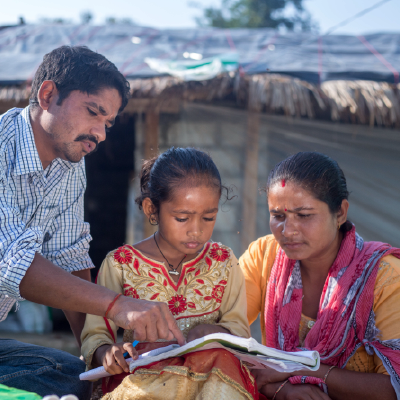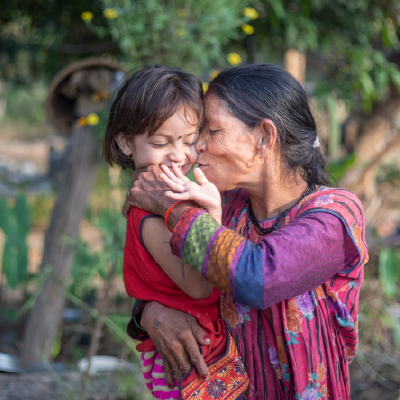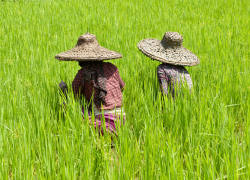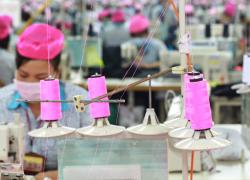In May 2020, just months into the COVID-19 pandemic, roughly 1 in 4 American workers had filed for unemployment benefits, ensuring they could meet their families’ basic needs during this unprecedented period of job losses. This is social protection in action. Like other programs in the United States, from free school lunches to Social Security to Medicare, unemployment benefits are a key part of a social protection system supporting individuals and families in times of need, particularly during an economic shock or crisis.

We know robust social protection can make a difference in the fight to end child labor. When families have access to social supports, like unemployment benefits or in-kind food or cash programs, they are less likely to resort to child labor to weather a crisis such as a lost job, an injury or illness, or even a conflict or displacement. Unfortunately, social protections systems are inadequate or simply absent in many countries, and millions of children are falling through the cracks.
In recent years, children’s access to education and social protection has fallen far short around the globe. In total, of the nearly 2,200 suggested actions in our 2020 Findings on the Worst Forms of Child Labor report, almost a quarter are related to social programs, with nearly 40% of those suggested actions related to social protection needs in countries and territories in sub-Saharan Africa. Barriers in accessing vital services like birth documentation, limited coverage of social programs, and poor implementation of those programs leaves children and families more vulnerable.
Children and families already at the margins because of factors such as race, gender, class, disability, or other status, often face more barriers to accessing these services. Migrants and indigenous peoples are more likely to work in the informal economy, which puts them outside the scope of formal social protection systems and without financial or medical support in a time of crisis. COVID-19 has only made these challenges worse.
At the Bureau of International Labor Affairs, we’re working with our government counterparts around the world to close these gaps and reach families in need and at risk. In Nepal, the government recently launched a rehabilitation plan for freed bonded laborers, known as Haliyas, which provides land and housing. Our Bridge project complements the government’s action with skills training for these former bonded laborers so they can find decent work in new trades and support their families. In Costa Rica, our MAP16 project supported the Ministry of Labor and Social Security to identify families at risk for child labor and to form a community collection center for cocoa that allows farmers to set fair prices, which in turn increases family incomes and reduces their risk of child labor. We need all governments to do their part, to step up with the robust social protection systems that can increase resilience and reduce the poverty and inequality that drives child labor.

At the 5th Global Conference on the Elimination of Child Labor in May, global leaders issued the Durban Call to Action, which calls for scaled up global action to end child labor, including through universal access to social protection. This World Day Against Child Labor, we amplify that call. The world’s children cannot wait.
Thea Mei Lee is the deputy undersecretary for international affairs. Follow ILAB on Twitter at @ILAB_DOL.

 U.S. Department of Labor Blog
U.S. Department of Labor Blog

